Tucked in the lap of the Dhauladhar and Pir Panjal mountain ranges, Chamba is a serene hill town in the northern Indian state of Himachal Pradesh. Often overshadowed by more popular hill stations like Shimla, Manali, and Dharamshala, Chamba remains one of the best-kept secrets of the Himalayas—a place where history, spirituality, and natural beauty blend in perfect harmony.
Unlike the bustling tourist hubs, Chamba offers a slower pace of life, untouched landscapes, ancient temples, and a rich cultural legacy that dates back over a thousand years. Whether you're a history buff, a nature lover, or someone seeking peace amidst mountains and rivers, Chamba is a destination that promises authenticity, tranquility, and charm.
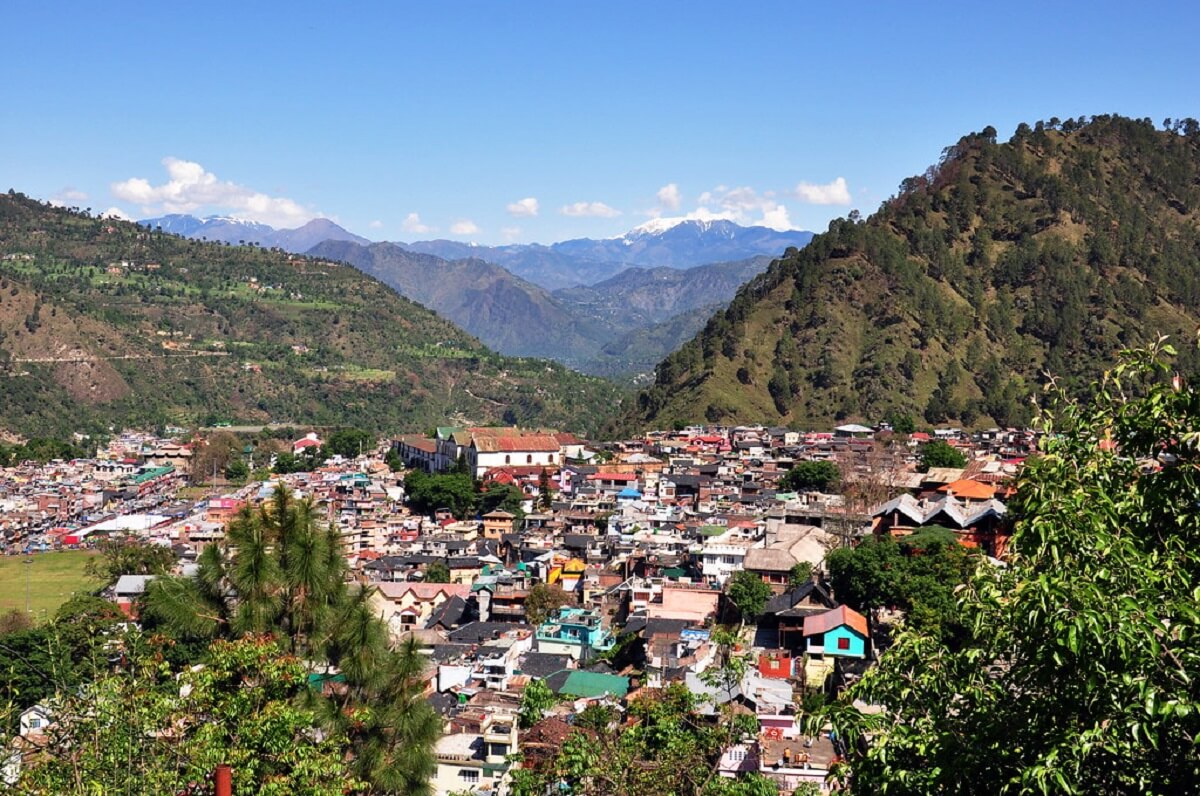
1. Geography and Climate: A Mountain Paradise
Chamba is located in the Chamba District of Himachal Pradesh, approximately 310 km from Chandigarh and 195 km from Pathankot. Situated at an average elevation of 996 meters (3,268 feet) above sea level, it lies along the banks of the Ravi River, one of the five major rivers of Punjab.
Geographical Highlights:
- Surrounded by dense forests of deodar, pine, and oak
- Bordered by Jammu & Kashmir to the north and west
- Part of the Western Himalayas, offering panoramic views
- Rich biodiversity, including rare birds and medicinal plants
Climate and Best Time to Visit
Chamba enjoys a temperate climate with four distinct seasons:
Spring | March – May | Pleasant, 15°C – 25°C | Sightseeing, photography |
Summer | June – August | Mild, 20°C – 28°C | Escape from plains’ heat |
Monsoon | July – September | Rainy, lush greenery | Nature lovers (but landslides possible) |
Autumn | October – November | Cool and clear | Trekking, festivals |
Winter | December – February | Cold, 0°C – 12°C | Snow views, spiritual retreats |
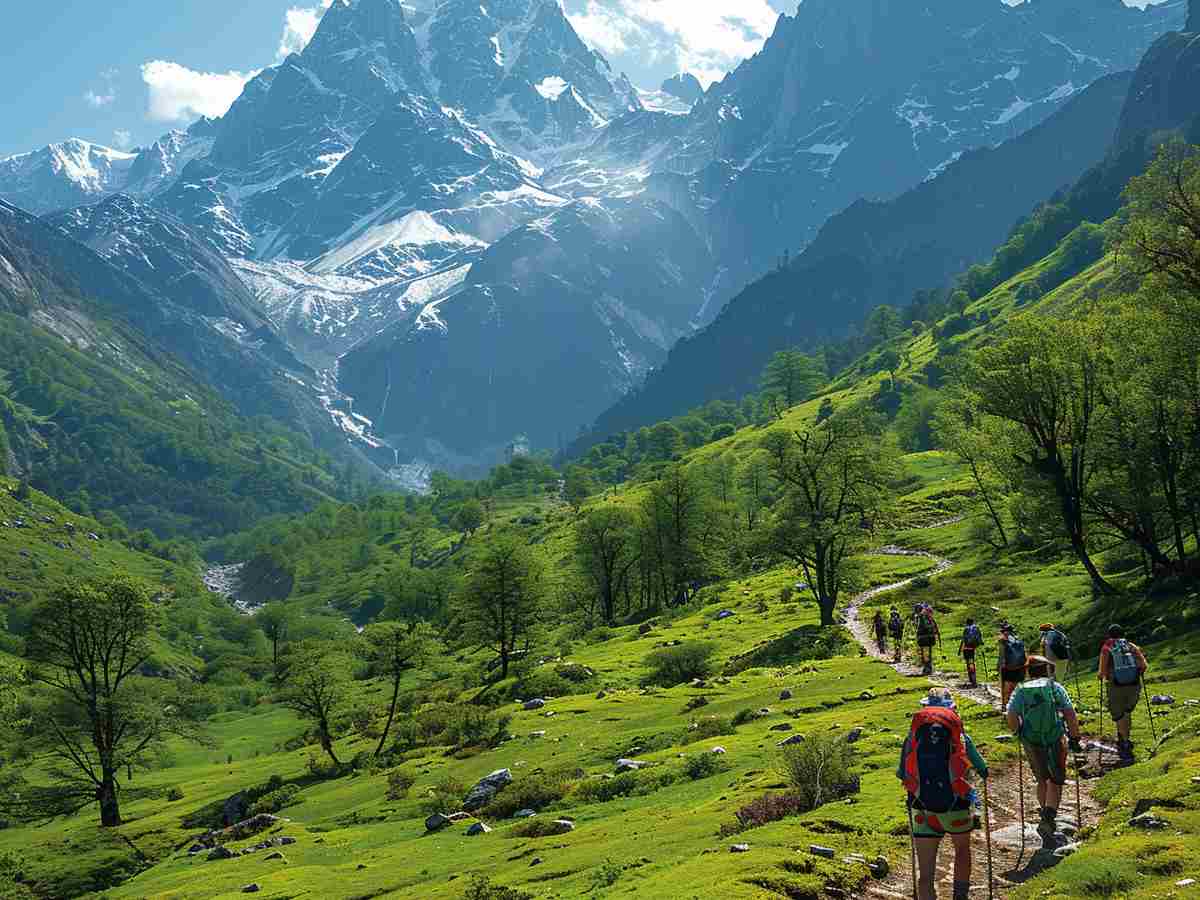
???? Best Time to Visit: March to June and September to November
Avoid July–August if you're concerned about road blockages due to rains.
2. A Journey Through History: The Kingdom of Chamba
Chamba’s history is as old as the Himalayas themselves. Founded in 920 CE by Raja Sahil Varman, the town was named after his daughter, ** Champavati**, a figure of both legend and devotion.
The Legend of Champavati
According to local folklore, Raja Sahil Varman built the Champavati Temple in memory of his beloved daughter, who was unjustly accused of impropriety and disappeared. The king, grief-stricken, believed she was taken by the goddess herself. The temple, located in the heart of Chamba town, remains a major pilgrimage site and architectural gem.
Historical Timeline of Chamba
- 920 CE: Raja Sahil Varman establishes Chamba as capital
- 10th–18th Century: Flourishing of temple architecture and Pahari art
- 1846: Chamba becomes a princely state under British India
- 1948: Accedes to the Union of India
- Present Day: A culturally rich district with preserved heritage
Chamba is one of the few Himalayan kingdoms that maintained independence for over 1,000 years before joining India. This long autonomy allowed it to develop a unique identity in art, language, and governance.
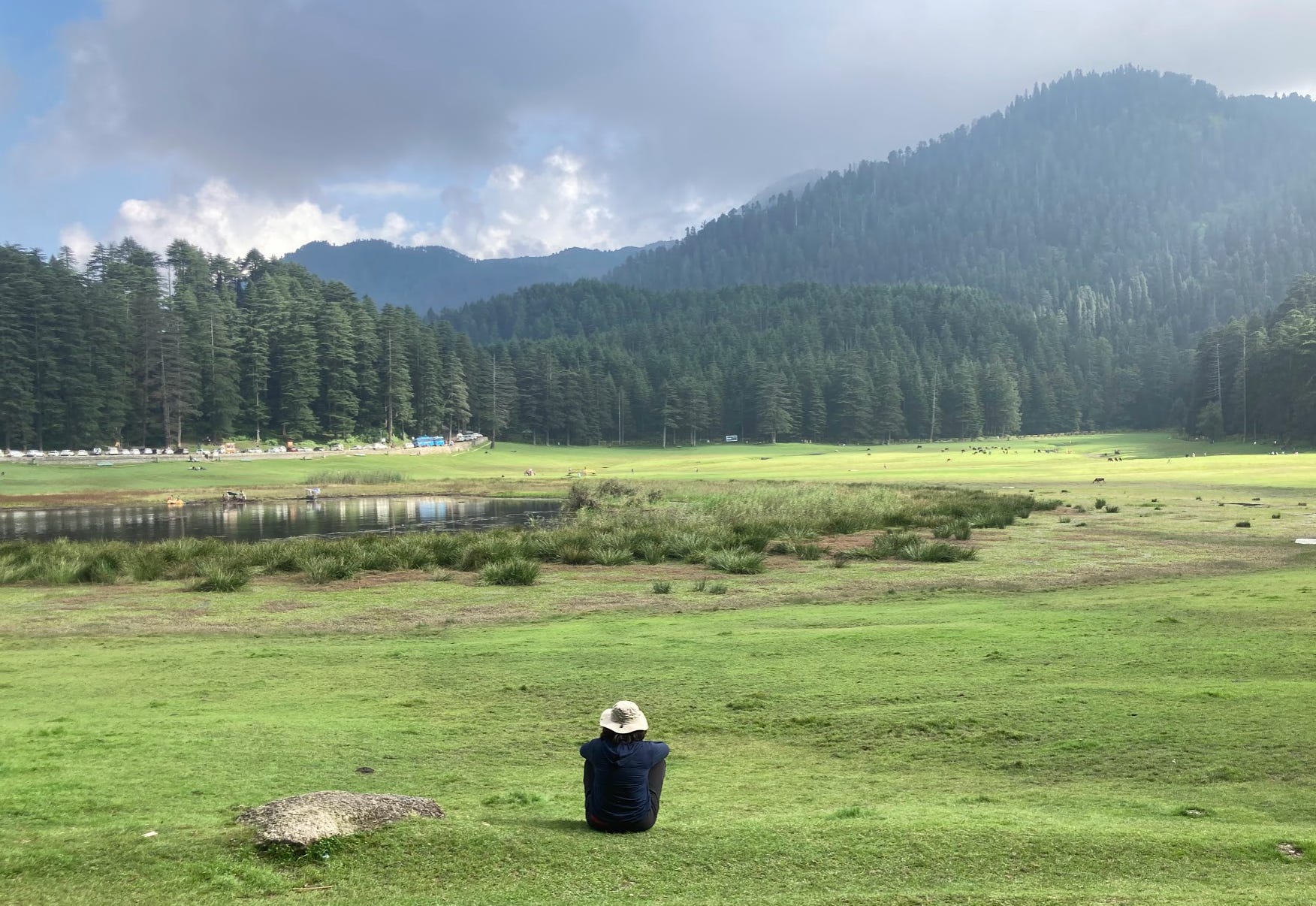
3. Architectural Wonders: Temples, Palaces & Heritage
Chamba is a living museum of Pahari architecture—a style characterized by wooden carvings, slate roofs, and intricate murals. The town is dotted with ancient temples, royal palaces, and colonial-era buildings.
Top 7 Must-Visit Heritage Sites in Chamba
1. Champavati Temple
- Built: 10th century (rebuilt in 19th century)
- Dedicated to: Goddess Champavati (an incarnation of Durga)
- Features: Stone carvings, gold-plated dome, peaceful ambiance
- Significance: One of the 51 Shakti Peethas in some traditions
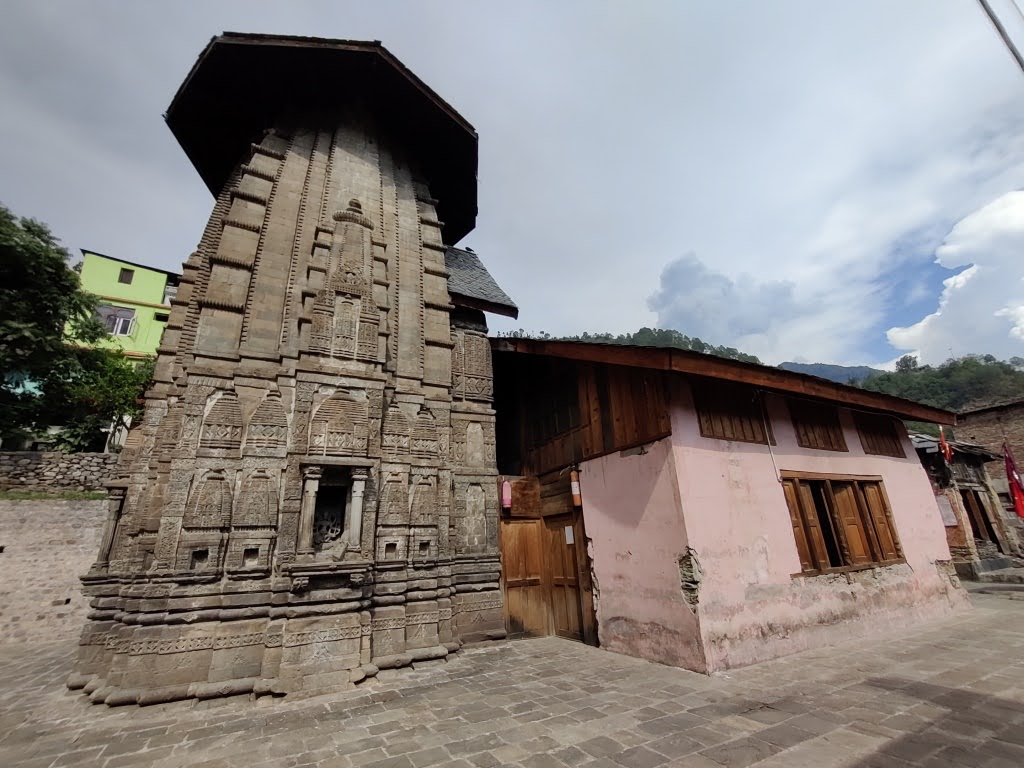
2. Laxmi Narayan Temple Complex
- Group of 6 temples built between 10th and 12th centuries
- Dedicated to: Lord Vishnu and Goddess Laxmi
- Unique Feature: Exquisite Pahari frescoes depicting scenes from the Ramayana, Mahabharata, and Krishna Leela
- UNESCO Tentative List: Included for World Heritage status
???? Insider Tip: Visit early morning to see the murals clearly—lighting improves visibility.
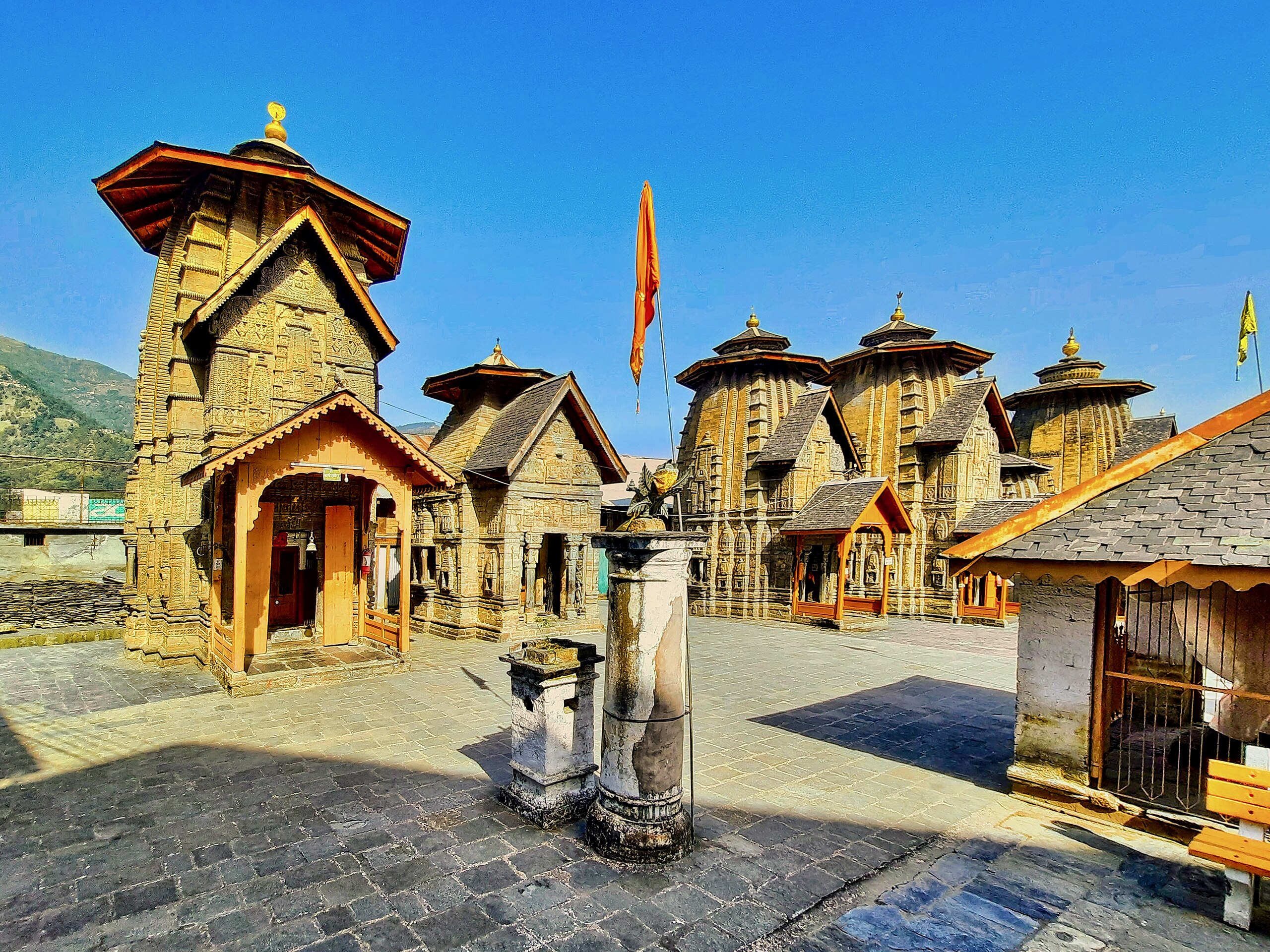
3. Ravi Riverfront & Akhand Chandi Palace
- Akhand Chandi Palace: Once the royal residence, now a government office and museum
- Architecture: Blend of Dogra, Mughal, and European styles
- Riverfront: A peaceful promenade perfect for evening walks
- View: Panoramic sight of the Ravi River and surrounding hills
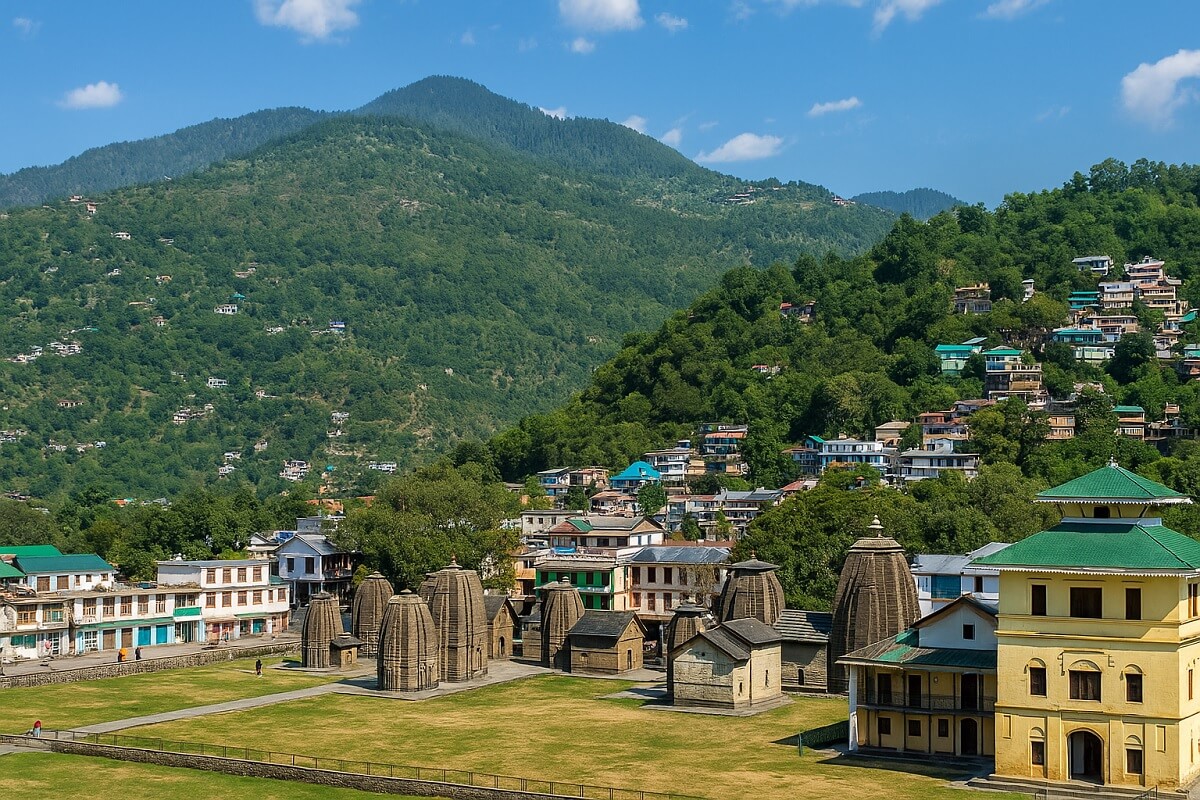
4. Sui Mata Temple
- Dedicated to: Sui, the mother of Raja Sahil Varman
- Legend: She sacrificed her life to bring water to Chamba
- Festival: Sui Mela (held in March) celebrates her sacrifice with folk dances and music
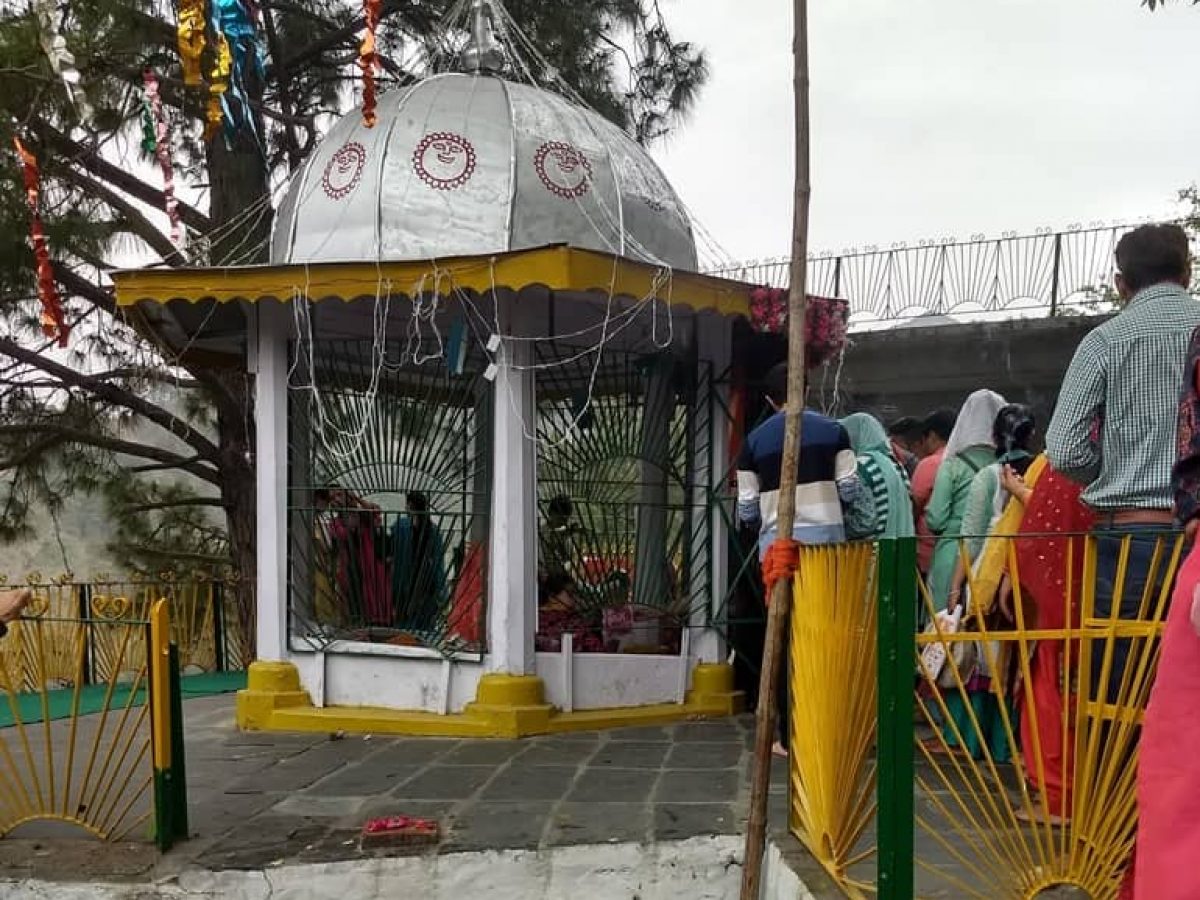
5. Bathu Temples (Bathu Ki Ladi)
- Location: Submerged in Majhi Dam (Pong Reservoir), accessible only during winter
- Built: Over 1,000 years ago
- Architecture: Similar to Chamba temples, with stone carvings
- How to Reach: Boat ride from Bharmour or Khajjiar
- Best Time to Visit: December – February when water levels drop
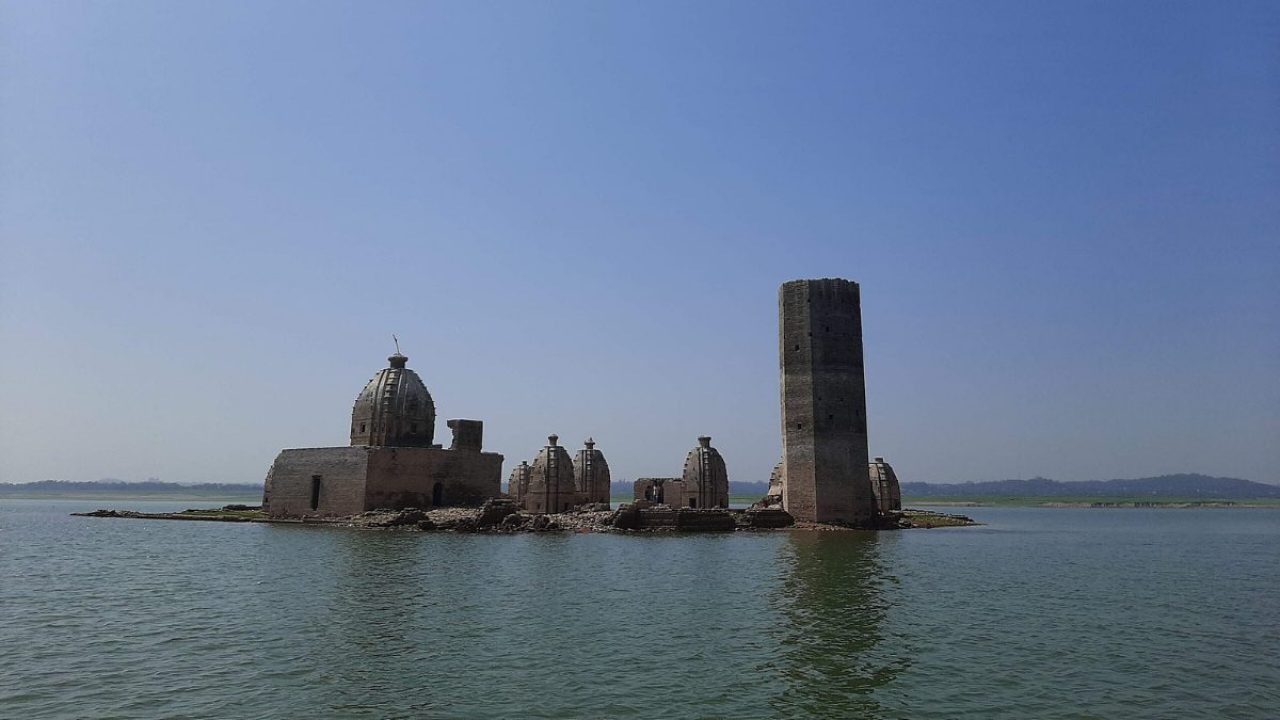
6. Hari Rai Temple
- Located on a hilltop, offering 360° views of Chamba valley
- Peaceful and less crowded
- Perfect for sunrise meditation
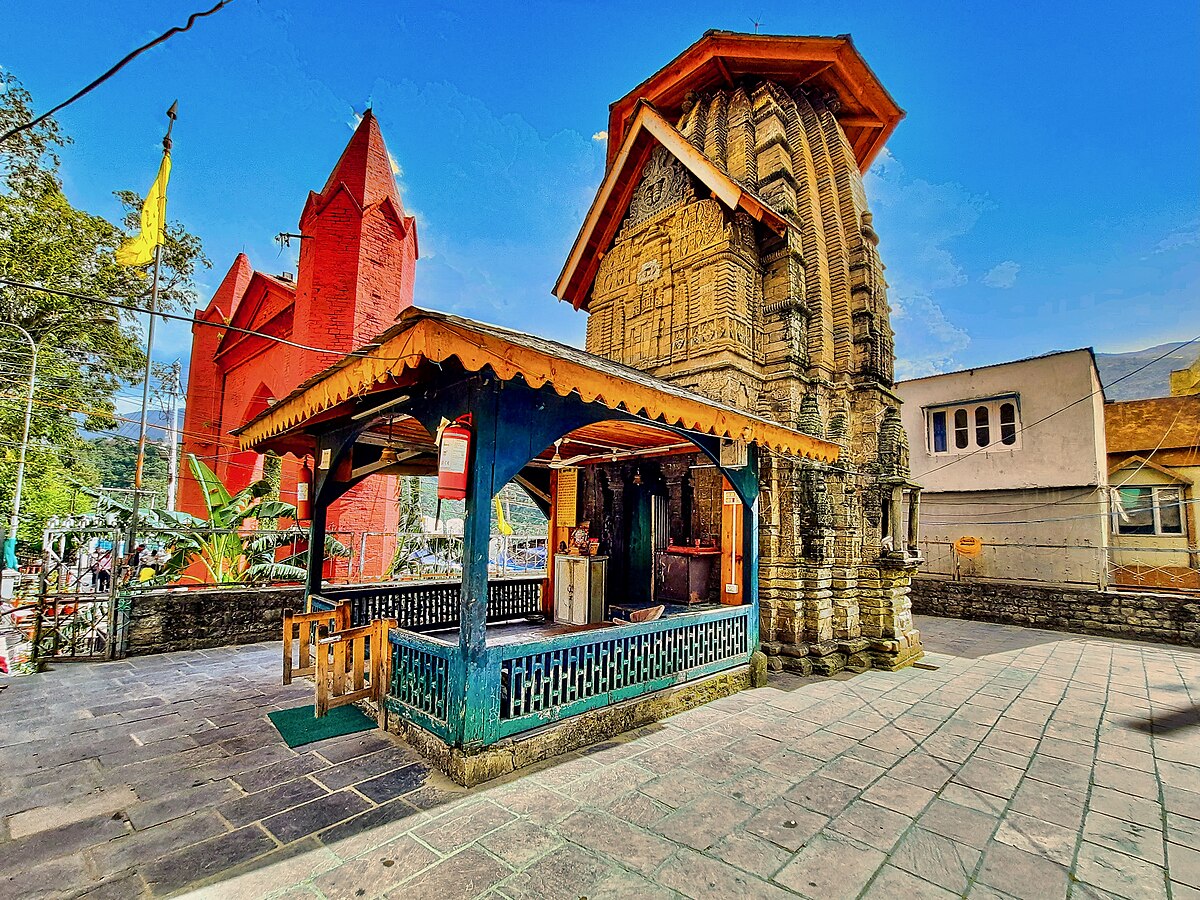
7. Gandhi Gate & Chaugan
- Chaugan: A large green meadow used for cricket, festivals, and public gatherings
- Gandhi Gate: Colonial-era archway, a symbol of Chamba’s peaceful resistance during independence
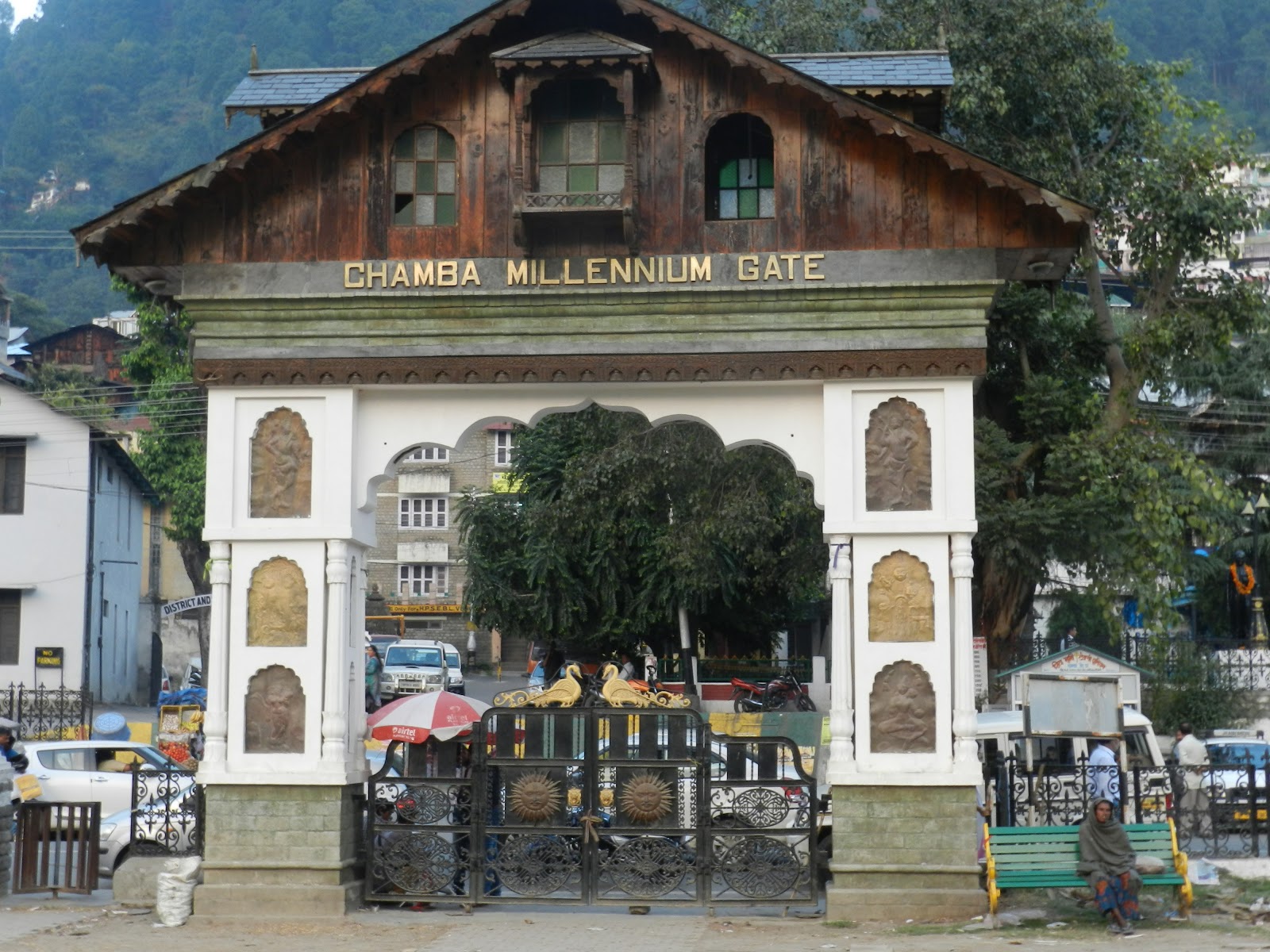
4. Offbeat & Hidden Attractions in Chamba
Beyond the well-known temples, Chamba offers several lesser-known spots that are rarely shared on social media.
1. Khajjiar – “Mini Switzerland of India”
- Distance from Chamba: 22 km
- Elevation: 1,920 meters
- Features:
- Lush meadow surrounded by deodar forests
- Small lake resembling an alpine lake
- Paragliding, zorbing, and horse riding
- Best Time: Spring and autumn
- Note: Gets crowded on weekends—visit on weekdays for solitude
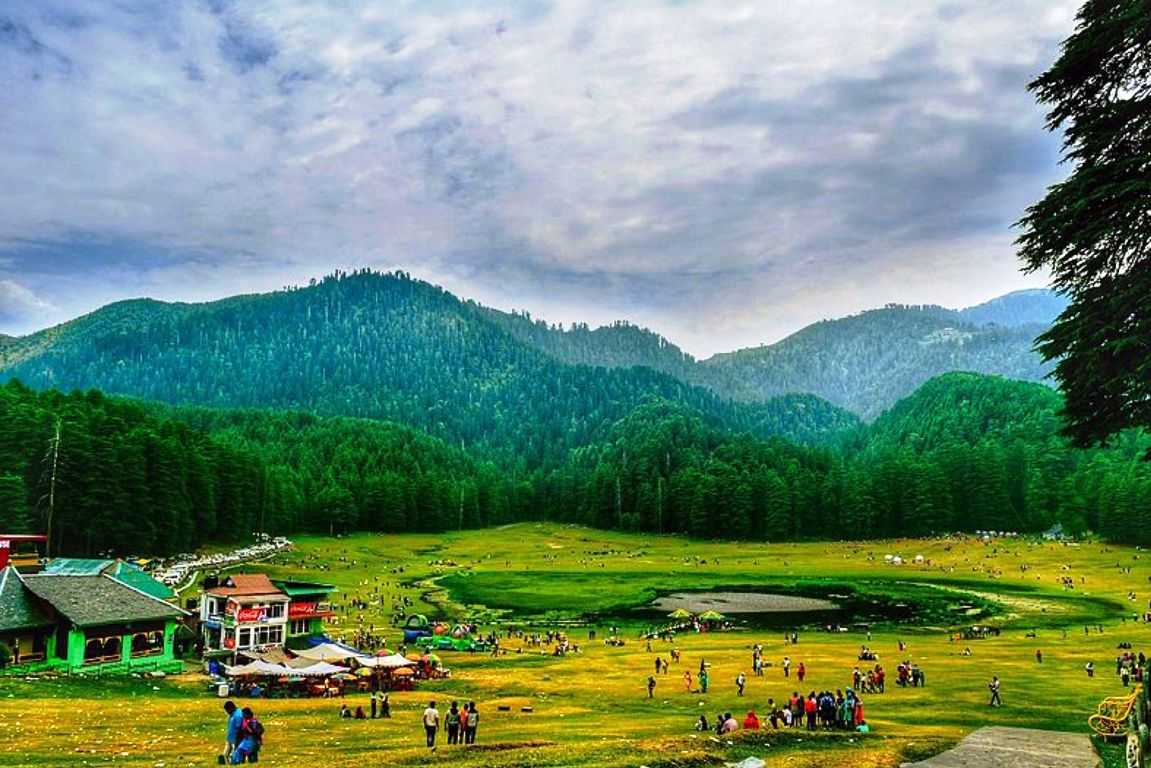
2. Bharmour – The Ancient Capital
- Former capital of Chamba Kingdom
- Home to the Gaddi tribe, a nomadic pastoral community
- Key Sites:
- Manimahesh Temple (dedicated to Lord Shiva)
- Manimahesh Lake Trek (a sacred 13-km pilgrimage)
- Chamunda Devi Temple
- Festival: Manimahesh Yatra (August–September), attracts thousands
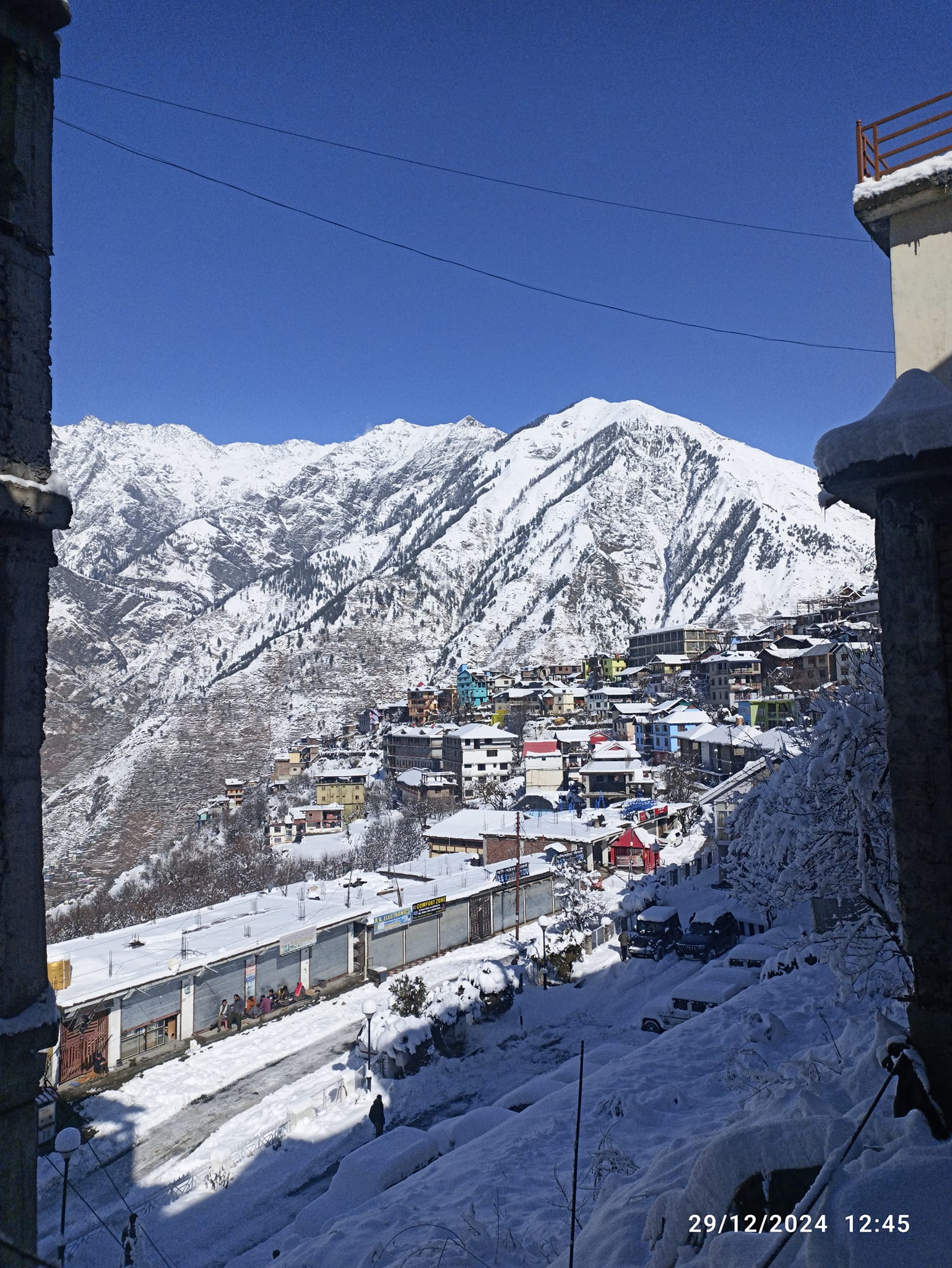
3. Panchvaktra Temple (Bhalei Mata Temple)
- Location: 20 km from Chamba
- Dedicated to: Lord Shiva (five-faced lingam)
- Architecture: 11th-century stone temple with intricate carvings
- Peaceful and secluded
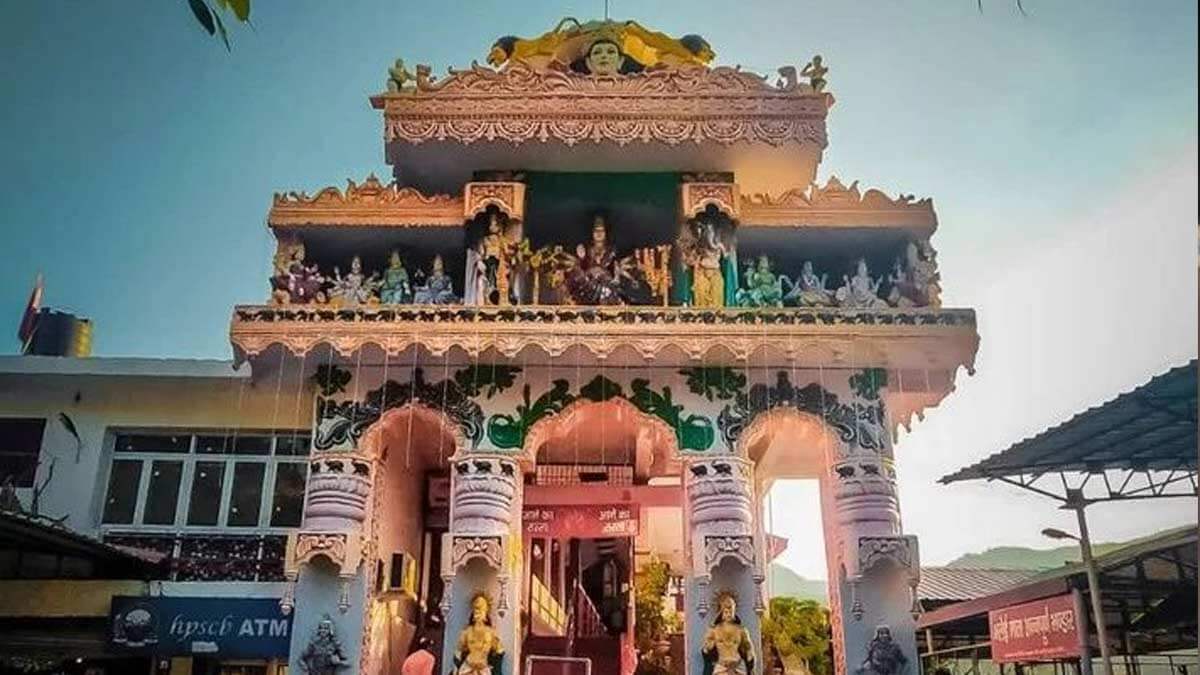
4. Sach Pass Trek
- Challenging high-altitude trek (4,414 meters)
- Connects Chamba with Lahaul & Spiti
- Open only June–September
- For experienced trekkers only
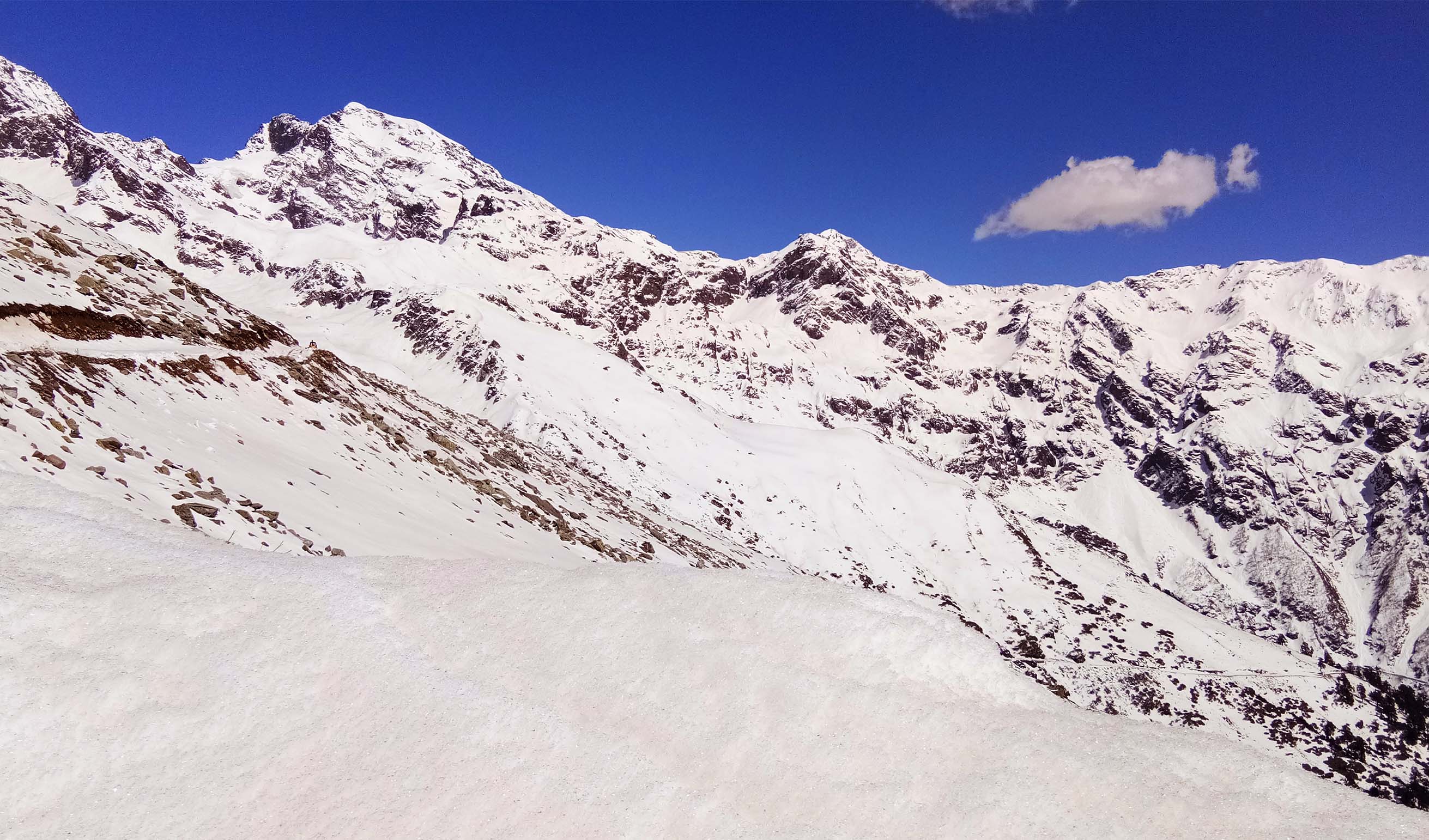
5. Salooni Valley
- Untouched region with apple orchards and pine forests
- Ideal for camping and birdwatching
- **Home to the Salooni Fruit Festival (May)
5. Culture & Festivals: The Soul of Chamba
Chamba’s culture is a vibrant mix of Hindu traditions, tribal customs, and Pahari art. The people are warm, artistic, and deeply spiritual.
Top 5 Festivals in Chamba
Minjar Mela | July–August | 21-day fair celebrating monsoon; people wear silk turbans (minjars), processions, folk dances |
Suhi Mela | March | Honors Sui Mata; includes folk songs, dances, and community feasts |
Nag Chot | January | Festival of serpents; rituals to appease snake deities |
Baisakhi | April | Harvest festival with dancing, music, and fairs |
Dussehra | October | Grand celebrations with Ramlila performances |
???? Minjar Mela is Chamba’s most famous festival and one of the oldest in Himachal Pradesh. It was recently included in UNESCO’s Intangible Cultural Heritage tentative list.
Pahari Art & Handicrafts
- Chamba Rumal: Exquisitely embroidered handkerchiefs depicting mythological scenes (GI-tagged)
- Wood Carving: Doors, windows, and furniture with floral and deity motifs
- Paintings: Miniature Pahari paintings on handmade paper
- Where to Buy: Chamba Craftsmen’s Emporium, local markets
6. Adventure & Nature Activities
While Chamba is peaceful, it also offers thrilling experiences for adventure seekers.
Top Adventure Activities
Trekking
- Manimahesh Lake Trek (moderate, 2–3 days)
- Indrasan Peak Trek (advanced, 8–10 days)
- Waru Valley Trek (beginner-friendly)
River Rafting on Ravi River
- Grade I–II rapids, ideal for beginners
- Best during summer and post-monsoon
Paragliding in Khajjiar
- Tandem flights from Khajjiar to Kalatop (15–20 mins)
- Operators: Himachal Sky Sports, Paragliding India
Camping & Bonfires
- Popular spots: Khajjiar, Salooni, Bharmour
- Eco-friendly tents and local food
Birdwatching
- Kalatop Wildlife Sanctuary (near Khajjiar)
- Species: Himalayan Monal, Koklass Pheasant, Blue Whistling Thrush
7. Chamba Cuisine: Flavors of the Hills
Himachali cuisine is simple, hearty, and deeply rooted in seasonal ingredients. Chamba’s food reflects its agrarian lifestyle and cold climate.
Must-Try Local Dishes
Dham | Traditional festive meal served on leaf plates; includes rice, rajma, khatta (sour curry), and madra (chickpea curry in yogurt) |
Babru | Himachali version of kachori, stuffed with black gram paste |
Siddu | Steamed wheat dumplings with walnut or poppy seed filling |
Mittha | Sweet rice dish made with milk, sugar, and dry fruits |
Chha Gosht | Marinated mutton cooked with yogurt and spices |
Aktori | Buckwheat pancake eaten during festivals |
Where to Eat in Chamba
- Hotel Snow View – Best for dham and local thali
- Shangrila Restaurant – Scenic views and North Indian food
- Chamba Valley Café – Organic, home-cooked meals
- Local Dhabas – Try madra and khatta at roadside eateries
???? Pro Tip: Attend a Dham ceremony during a festival or wedding for an authentic experience.
8. Sustainable & Responsible Tourism in Chamba
Chamba has quietly embraced eco-tourism and community-based tourism, ensuring that development doesn’t come at the cost of nature or culture.
Sustainability Initiatives
- Plastic Ban: Strict enforcement in Chamba town and Khajjiar
- Waste Management: Segregation and composting in homestays
- Heritage Conservation: Restoration of temples and palaces
- Women Artisan Cooperatives: Promoting Chamba Rumal embroidery
How to Travel Responsibly
- Stay in homestays or eco-lodges
- Use public transport or shared taxis
- Avoid loud music in temples and natural sites
- Support local artisans and farmers
- Carry a reusable water bottle (many refill stations available)
Community Tourism Projects
- Chamba Heritage Walks: Guided by local historians
- Gaddi Tribe Homestays: Experience nomadic life in Bharmour
- Organic Apple Farm Visits: Learn about sustainable farming
9. Travel Tips & Practical Information
How to Reach Chamba
- By Air: Nearest airport – Kangra Airport (Dharamshala), 110 km away
- By Train: Nearest railway station – Pathankot Junction, 105 km away
- By Road: Well-connected by buses and taxis from Dharamshala, Pathankot, and Manali
Local Transport
- Auto-rickshaws and taxis available in town
- Himachal Road Transport Corporation (HRTC) buses to nearby villages
- Shared jeeps to Bharmour, Pangi, and Killar
Accommodation Options
Luxury | Hotel Akash, Snow View Resorts |
Mid-Range | Hotel Chamba Regency, Himachal Resort |
Budget | Zostel Chamba (upcoming), guesthouses |
Homestays | Chamba Homestay Network, Gaddi Homes in Bharmour |
Safety & Health
- No major risks; Chamba is very safe
- Carry warm clothes in winter
- Drink bottled or filtered water
- Altitude sickness is rare (Chamba is not very high)
10. Why Chamba Stands Out
In an age of over-tourism and Instagram-driven travel, Chamba is a rare destination that hasn’t been commercialized. It offers:
- Authentic cultural experiences
- Unspoiled natural beauty
- Spiritual depth
- Slow travel opportunities
- Warm, welcoming locals
It’s a place where you can disconnect to reconnect—with nature, history, and yourself.
Conclusion: Chamba Awaits You
Chamba is not just another hill station. It’s a time capsule of Himalayan heritage, a canvas of Pahari art, and a sanctuary of peace. Whether you're wandering through ancient temples, sipping adrak chai by the Ravi River, or trekking to a sacred lake, Chamba leaves an imprint on your soul.
So, if you're looking for a Himalayan escape that’s off the beaten path, rich in culture, and breathtaking in beauty—Chamba should be your next destination.
Pack your bags, respect the land, and let the mountains tell you their stories.


